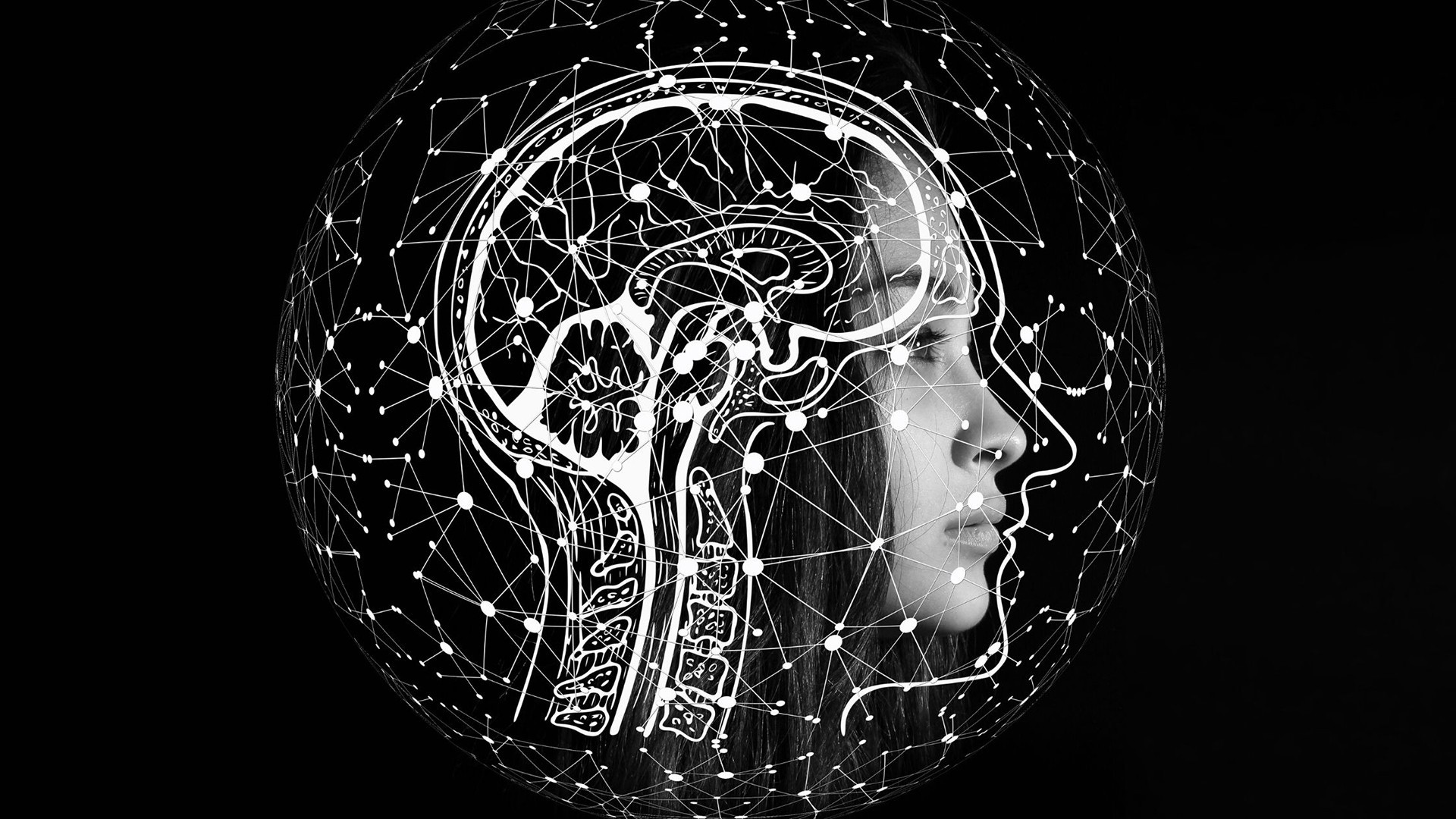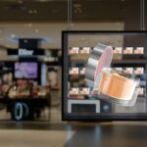
Research on holograms
Literature and research on holograms
There are a number of research results available in the literature related to the impact of static and moving 2D images on cognitive processes. Considering that our company has launched the production of displays with a 3D holographic effect, it is extremely important to focus on the topic of research on holograms. Their impact on the processes that create and modify cognitive structures (mental representations) in the cognitive system. So far, such research on holograms has simply not been conducted.
The theory of the holographic memory model
In 1982, Janet Metcalfe Eich developed the theory of the holographic memory model (HMP) based on the hologram metaphor. It is a method of recording three-dimensional images with all spatial features so that full information about the holographed object is stored at each point. This makes it possible to reconstruct the entire image from the most elementary parts of the hologram. According to HMP, the holographic system functioning in the brain stores a huge number of "copies" of the same object or event. Importantly, this information is stored in distant parts of the cortex. Each "copy" contains a full description of the remembered item or event. In a recall situation, if the external stimulus is similar to the pattern encoded in memory, a whole set of interconnected cells react in the brain. Thanks to this, external objects are recognized.
When new, unknown information reaches the brain, its components are analyzed, known and unknown elements are distinguished using the criteria functioning in the cognitive system, and only from them a new whole is created. HMP explains features of memory such as plasticity and ease of recognition. According to HMP, humans have the ability to instantly identify a huge number of known people and objects. Regardless of the distance and from any viewing angle, and after recognizing them, it can quickly recreate a significant amount of information about them.
93% – non-verbal communication
Albert Mehrabian in his book "Silent Messages" published in 1971, he wrote: "93% all human communication is non-verbal communication. 90% of the information sent to the brain is visual information. They are processed by the brain much faster than text because the brain is used to processing images. People remember 80% from what they see, but only 20% from what they read.” (Albert Mehrabian, Silent Messages, Wadsworth Pub. Co., 1971.)
Visual attention
Scientists have been conducting research on image perception for years. It has been determined that the number of image-recording receptors is approximately 250 million. That is, about ten times more than in the case of olfactory receptors. However, one hundred times more than tactile receptors and ten thousand times more than auditory receptors.
Visual attention is not a homogeneous cognitive process. It consists of many subsystems and mechanisms, often with different functional features. These include, for example, focused visual attention and visual field search processes. (cf. Eysenck, Keane, 2005; Styles 2006).
The ability to conduct research based on actual 3D holograms may help answer a key question
- Do 3D holograms allow for better remembering of the presented content, and to what extent?
- What other cognitive functions do they have a significant impact on?
If research shows that holograms are more effective, it will be a breakthrough. Their mass use would bring a whole range of benefits not only in advertising, but also in the learning process.
Our research on holograms
What research awaits us in the near future? We will start by examining the cognitive processes occurring in the brain during the presentation of 3D holographic content (3D holograms) and comparing them with the processes occurring during the presentation of 2D images (neuroimaging). In the second stage, we plan to conduct research on the strength of remembering (recalling) 3D holographic images compared to flat 2D images.
This part is already behind us research on holograms relating to the advertising itself using 3D holograms, but we decided to replicate them anyway. First of all, it is about examining emotional attitudes towards brands and products. The next step will be research on purchase intentions and price sensitivity of consumers. All while presenting selected brands and products in the form of 3D holograms. Thanks to this, we can compare the data with traditional forms of 2D presentation (posters, LCD monitors) and eye tracking. The first test results obtained were almost unbelievable! That's why we want to make sure whether 3D holograms actually have such a great advantage over classic 2D images.
If you just want to know the results Write to us. We will be happy to notify you when they are published.


